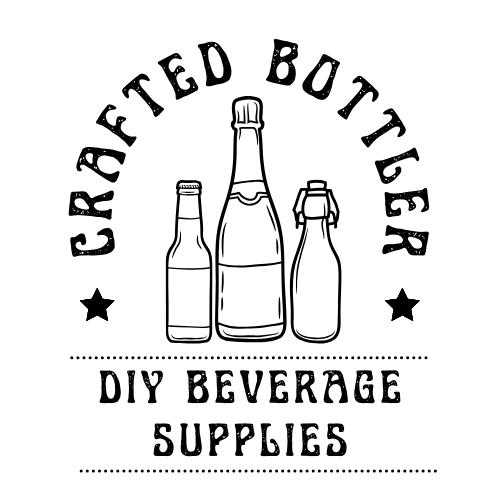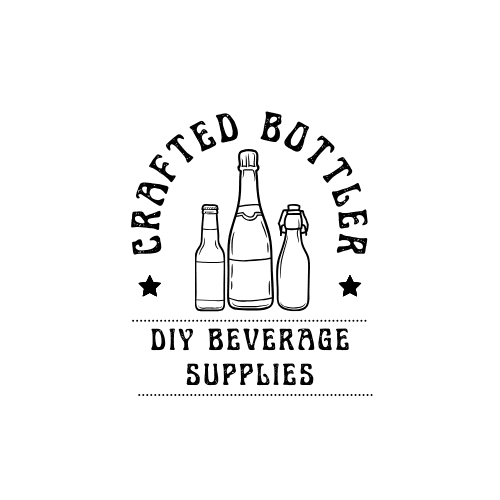The Difference in Cleaners and Sanitizers for Wine Making and Beer Brewing
Top 6 Questions About Cleaners & Sanitizers, Answered!
We get lots of questions about cleaners and sanitizers.
Here are the top six questions we receive, along with their answers:
1. What’s the difference between a cleaner and a sanitizer?
Cleaning removes dirt and residue from your equipment, while sanitizing uses a chemical solution to kill or prevent the growth of spoilage organisms like molds, wild yeasts, and bacteria. Important: Always clean your equipment before sanitizing. You can’t properly sanitize surfaces that still have residue on them.
2. Do I have to use cleaners and sanitizers specifically for brewing and wine-making equipment?
Yes, you do! Household cleaners, like dish soap, often contain oils or fragrances that can stick to your equipment and cause off flavors—or worse, spoilage. The good news? Cleaners and sanitizers designed for brewing and wine-making are not only effective but also affordable—usually cheaper than regular household soaps.
3. Can I just use bleach?
Bleach is not recommended. While it can be used on glass, it should never be used on plastic because plastic absorbs it, leading to off flavors in your wine or beer. Bleach is also unsuitable for stainless steel, as it can corrode the material. On top of that, bleach requires heavy rinsing to remove its chlorine smell, which also reduces its sanitizing effectiveness.
4. If I use a cleaner, do I still need to sanitize?
Yes! Cleaners and sanitizers serve different purposes. A cleaner removes dirt, but it doesn’t sanitize. You need to do both.
5. Do I rinse off the sanitizer?
No, you don’t need to rinse most sanitizers. They’re designed to be left on your equipment.
6. What cleaners and sanitizers should I use, and how do I mix them?
For cleaners, we recommend Easy Clean, One Step, and PBW. For sanitizers, we recommend Star San for beer and Sodium Metabisulfite for wine. To mix them, always follow the label instructions—everything you need to know will be there!

